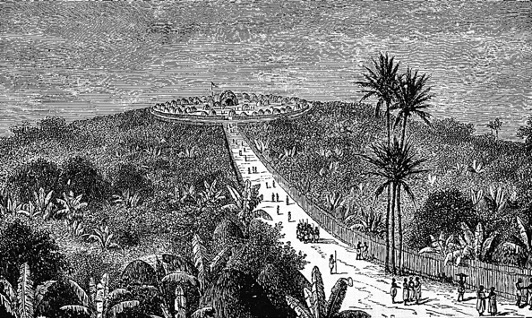Back to all modules
Time & Space in the Architecture of the Eastern African City

The course is an exploration of the evolution of space and the architecture of peoples in Eastern Africa and it contribution to contemporary urbanism. It identifies the early precedents from antiquity based on literature and archival information. Further, the early precedence uses existing examples of vernacular spatial practices epitomised in the architecture and built environment per se. The scale ranges from the micro-level unit of dwelling, village organization, a conglomeration of such villages, secondary urbanisms up to the level of the contemporary city. Whereas the city is the object of analysis, this is premised in the understanding of rural and traditional practice.
Time in antiquity is described as prior time before the advent of 20th Century Western colonialism and I use the concept of Zamani as elaborated by sociologist John Mbiti (1969). With minimal records this uses multiple sources form secondary literature of early western travellers, oral sources as well as some imagery from archival information. The present time is further based on the event of western colonialism in the early 20th Century. This instigated spatial redefinitions at various scales of living i...
Loading Accordion Items...


